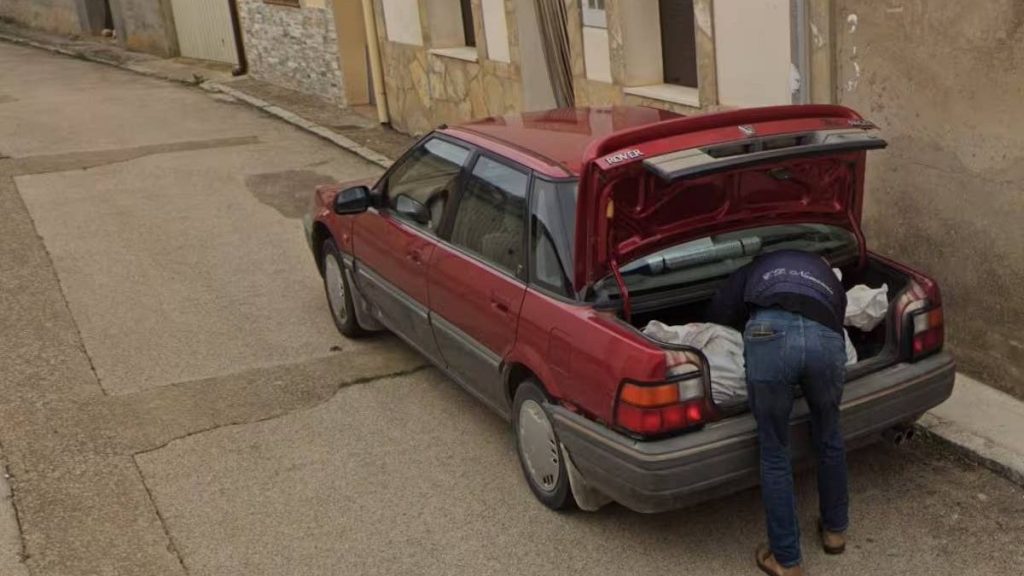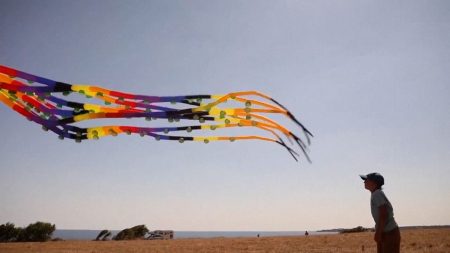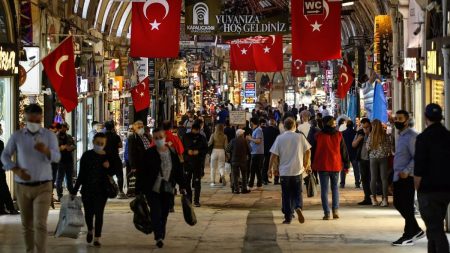The disappearance of a Cuban man in the Spanish province of Soria in late 2023, initially shrouded in mystery, has recently been elucidated through a remarkable confluence of investigative diligence and technological serendipity. The National Police, tirelessly pursuing leads in the year-long case, stumbled upon a pivotal clue within the vast digital landscape of Google Street View. While scouring online services for any trace of the missing man, investigators were astounded to discover a photograph captured by a Google Maps vehicle in the tiny village of Tajueco. The image seemingly depicted an individual loading what appeared to be human remains into the trunk of a car, providing a chilling visual snapshot that would ultimately unravel the tragic fate of the missing man.
This unexpected digital breadcrumb, discovered within the seemingly mundane imagery of a street mapping service, catapulted the investigation forward. The photograph, taken in the sparsely populated municipality of Tajueco, provided a crucial geographical link and a potential timeframe for the crime. The discovery immediately focused the investigation, leading authorities to identify and apprehend two suspects: the victim’s partner and her former partner. Their arrests on Thursday marked a significant breakthrough in the case, transitioning the investigation from a search for a missing person to a pursuit of justice for a suspected murder.
The victim’s disappearance had been reported on November 23rd of the previous year by a concerned relative who had received a series of suspicious messages purportedly sent by the missing man. These messages, raising red flags for the relative, prompted the initial investigation. However, despite the early report, the case remained stagnant for months, lacking concrete evidence to indicate the man’s whereabouts or fate. The discovery of the Google Street View image, therefore, proved to be a pivotal turning point, providing the much-needed impetus for the investigation to progress.
Following the discovery of the incriminating photograph and the subsequent arrests, investigators embarked on a meticulous search for the victim’s remains. Leveraging advanced forensic technologies, authorities successfully located a portion of what they believe to be the victim’s remains buried in a cemetery in the municipality of Andaluz, also within the province of Soria. While awaiting definitive identification through forensic analysis, the discovery of these remains provides further corroboration of the tragic outcome foreshadowed by the Google Street View image.
The seemingly innocuous act of a Google Maps vehicle capturing street imagery had inadvertently documented a critical moment in a criminal act. This accidental photographic evidence, coupled with traditional investigative techniques and advanced forensic science, has woven together a compelling narrative of a tragic crime. The investigation continues as authorities work to fully reconstruct the events leading up to the man’s death and gather all necessary evidence to secure a conviction against the accused.
This case highlights the increasingly important role of technology in modern criminal investigations. While traditional investigative methods remain crucial, the ability to leverage digital resources like Google Street View offers unprecedented opportunities to uncover hidden clues and piece together complex timelines. The seemingly ubiquitous presence of digital mapping services, designed to navigate our world, has inadvertently become a silent witness to human activity, capable of capturing both the mundane and the macabre, ultimately aiding in the pursuit of justice. This case serves as a stark reminder that even in the most remote corners of the world, the digital eye is watching, and sometimes, it sees more than we intend.














